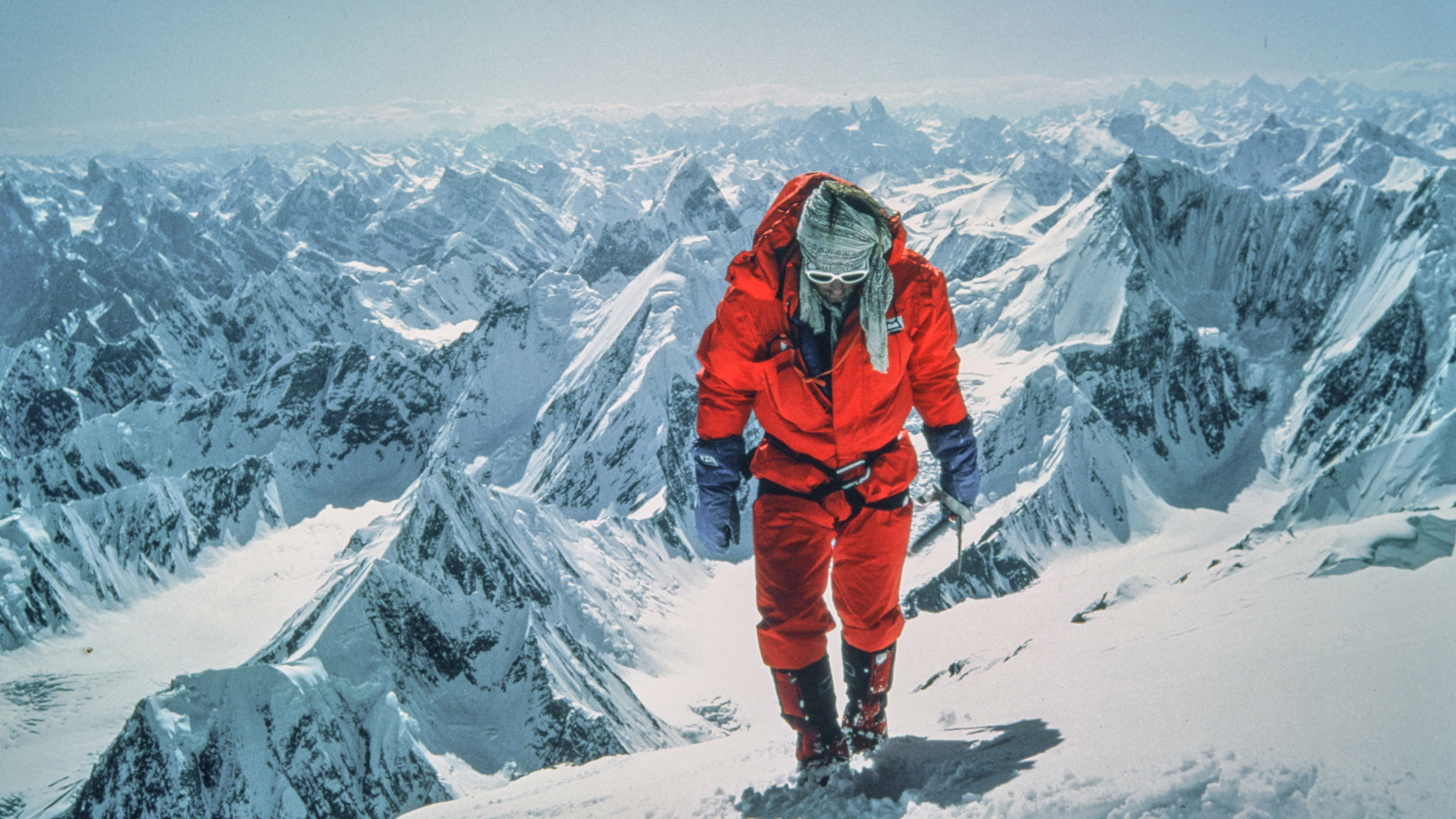
In the outdoor world, few of us will admit to being sartorial snobs – we rate functionality over fashion, right? So long as it works in the hills, we don’t give a toss about how it looks in the bar afterwards. Except… we’re all lying to ourselves aren’t we?
Go into any Peak District pub or alpine-area café, attend an outdoor festival, a talk by an adventure celebrity, or just look around during a trail-running, mountain biking, kayaking or climbing event and you’ll see that everyone is at it: we’re all checking out one another’s threads and making judgements. Nice jacket. Lovely softshell. Tasty trail-running shoes. Damn – bet that Arcteryx top cost a bit…
We’re every bit as guilty of label-leering as the Gucci-wearing set. And we don’t restrict ourselves to wearing our best kit in the hills. I’m right there with the other mums and dads at the school gate in my conspicuously clean puffer jacket or fleece. And why not? I use these pieces of technical apparel in the wild as well, but they’re comfy, warm and good-looking for everyday wear too (and I really don’t have much else in my wardrobe anyway).

Peaks to streets
All the big names in the outdoor game – Patagonia, Black Diamond, The North Face – earned their high-ranking kudos by producing gear for use in the extreme parts of the globe. But so too did many pioneering British brands. And much of this clothing was being designed and made by the very people who were wearing it on the world’s highest summits, because they alone knew what was required in such challenging conditions. And that makes for a very cool story – one that is finally being told in a new book, Mountain Style, by Henry Iddon and Max Leonard.
The book traces the journey outdoor apparel has taken since Colonel John Hunt led the British Expedition on Everest in 1953, when Tenzing Norgay and Edmund Hillary reached the top of the world. In the decades following, participation in recreational outdoor pursuits boomed, and the clothing hikers and mountaineers wore evolved from woolly jumpers, army surplus, cotton and tweed into highly technical specialist gear.
A small group of climbers who couldn’t find the products they needed decided to make them, leading to the founding of British brands including Rab, Berghaus, Craghoppers, Karrimor, Mountain Equipment and Sprayway. As the book observes: ‘Still worn in the toughest environments imaginable, British outdoor clothing is also now ubiquitous – equally seen on hikers, everyday dog-walkers and vintage gear lovers in east London, Manchester’s Northern Quarter or Tokyo.

Funded through a Kickstarter campaign, Mountain Style: British Outdoor Clothing 1953-2000 is the first illustrated book to tell this story, from the days of postwar austerity, through the colour explosion of the 1980s, to the 1990s, when outdoor clothing became embedded in football and rave subcultures and crossed into the mainstream. It celebrates the outsiders, the problem solvers and the mavericks: the manufacturing pioneers and the mountaineers who from humble beginnings went further, faster and higher – and inadvertently created style classics along the way.
Alongside interviews with those at the birth of the brands, Mountain Style features vintage brochures, adverts and photos, plus new studio photography. From down jackets that summited Everest in 1953 to the first Gore-Tex and multicolored fleeces, via logos, materials and more.
If you love the outdoors and the gear and brands that made it more accessible to more people over the last few decades, this is a fascinating and illuminating read.

Peaks to page
I recently spoke to the creators of the book to find out how it had come about. “At Isola Press we publish books about cycling, mountains and the outdoors,” explains Max. “A few years ago we published a book of photos from the Rough-Stuff Fellowship Archive, the world’s oldest off-road cycling club, and I was struck by what the cyclists were wearing: breeches, woollen socks and hats, shirts and Greenspot jackets made of Ventile cotton – very much classic outdoor wear. This amazing trove of archive pictures got me thinking – nobody had ever pulled together something visual about British outdoor clothing.
“I was convinced that there must be a social and cultural story to tell, and amazing pictures to unearth. Whereas American brands are often very slick in their marketing and self-promotion, and at mining their own heritage for inspiration, the British tendency is to be quieter and more self-effacing. But there were many incredible inventions and achievements, and time was running out to talk to many of the prime movers from those pioneering early days.”
For photographer Henry Iddon, the book is the product of a decades-long passion for adventure and apparel. “I’ve been involved in outdoor sports virtually all my life,” he tells me. “I had poster of Doug Scott, from Everest 1975, on my bedroom wall as a teenager and watched excitedly as gear innovation exploded in the late 70s and early 80s, so there’s no doubt I’m a gear nerd.
“As someone in the creativity industries and who played an important role in celebrating outdoor culture at a big mountain festival it just seemed to make sense to pull it all together. Having done some work with Max on his Rough Stuff Fellowship publications we got talking and after a monumental amount of research we now have a book.”










